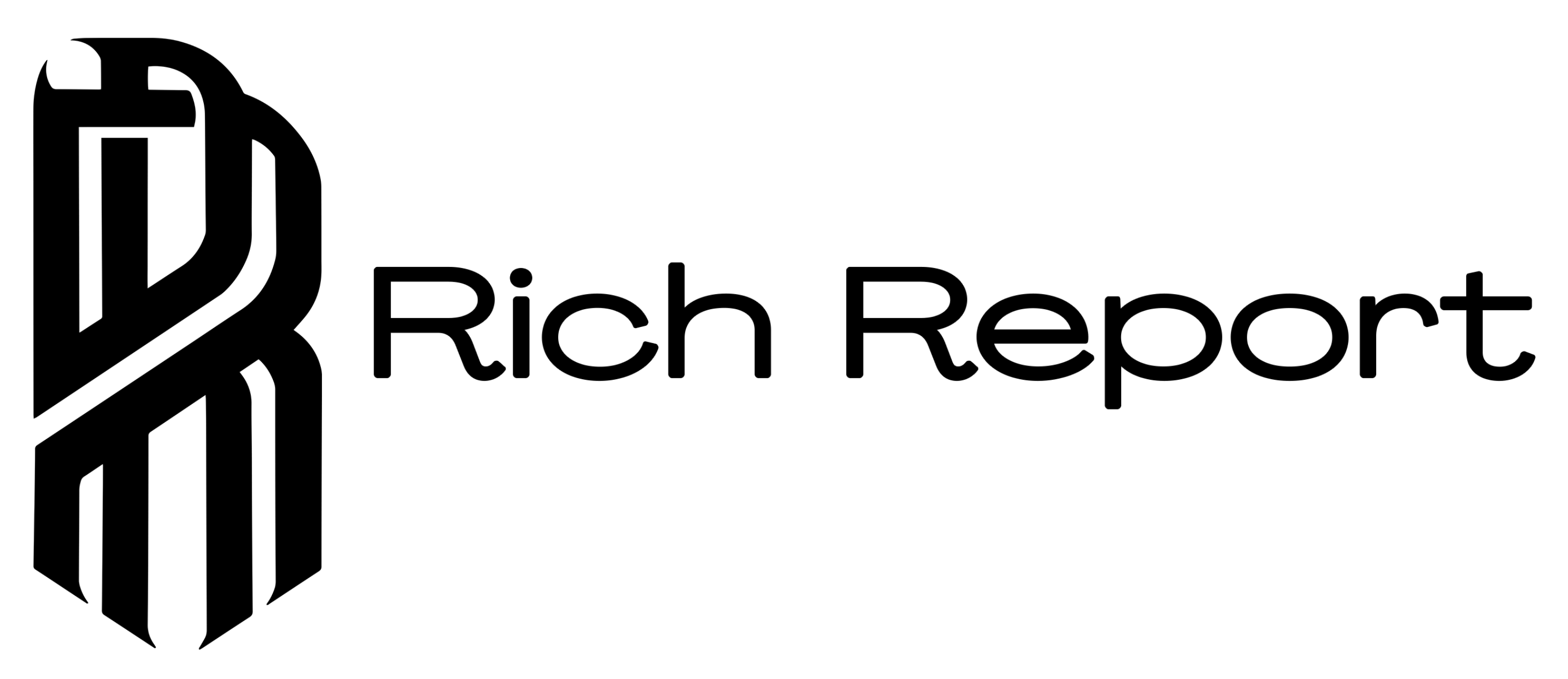When it comes to evaluating the return on your investments, understanding Bond Equivalent Yield (BEY) is crucial. Whether you’re new to the world of finance or a seasoned investor, grasping the concept of BEY can help you make informed decisions. Let’s delve into this important metric and how it can impact your investment strategy.
Calculating BEY is essential for comparing the yield on short-term securities like Treasury bills to longer-term bonds. This metric allows you to make meaningful comparisons between different investment options and determine which offers the best return. By mastering BEY, you can optimize your investment portfolio and maximize your earning potential in the financial market.
Understanding Bond Equivalent Yield (BEY)
When assessing Bond Equivalent Yield (BEY), it’s essential to recognize that this metric provides a standardized way to compare the yields of fixed-income securities with varying maturities.
Here are some key points to help you understand BEY better:
- BEY is an annualized measure of yield that allows you to compare the return on short-term investments, like T-bills, with longer-term investments, such as bonds.
- By converting the semi-annual yield of a security into an annual yield, BEY enables investors to make informed decisions about the relative returns of different investment options.
Remember, a clear grasp of Bond Equivalent Yield can enhance your ability to evaluate investment opportunities effectively and optimize your portfolio for maximum returns.
Importance of BEY in Investment Evaluation
When assessing investment options, understanding Bond Equivalent Yield (BEY) is crucial. It provides a standardized metric for comparing yields on various securities. By annualizing the yield of a short-term security, BEY facilitates easy comparison with longer-term investments like bonds. This enables you to make informed decisions by evaluating potential returns over different time frames.
Here are some reasons highlighting the significance of BEY in investment evaluation:
- Comparing Diverse Investments: BEY allows you to compare returns on different types of securities on an annualized basis, aiding in selecting the most lucrative investment opportunities.
- Enhanced Decision-Making: With a clear understanding of BEY, you can optimize your investment portfolio by accurately assessing the potential returns on short-term and long-term investments.
- Maximizing Portfolio Returns: Utilizing BEY in investment evaluation empowers you to maximize portfolio returns by making well-informed investment choices.
BEY serves as a valuable tool in your financial decision-making process, enabling you to evaluate investment opportunities effectively and align your portfolio with your financial goals.
Calculating BEY for Short-term Securities and Bonds
When calculating Bond Equivalent Yield (BEY) for short-term securities and bonds, you need to understand the key components and formulas involved. For short-term securities with a simple annual interest rate, the BEY calculation is straightforward. It’s essential to consider the number of days to maturity and adjust the yield accordingly for an accurate comparison.
For bonds with semi-annual or quarterly interest payments, determining the BEY requires a slightly different approach. Calculating the BEY for bonds involves annualizing the periodic yield and adjusting for the number of days until the next coupon payment.
To effectively evaluate various investment opportunities, mastering the calculation of BEY is crucial. It allows you to compare the yields of short-term securities and bonds on an annualized basis, providing a clear picture of the potential returns each investment offers.
In making informed decisions about your investment portfolio, understanding how to calculate BEY for both short-term securities and bonds is key to optimizing your investment strategy and maximizing returns.
Making Informed Investment Decisions with BEY
When evaluating investment opportunities, understanding Bond Equivalent Yield (BEY) can be a game-changer. By comparing the effective annual yield of different securities, you gain valuable insights into their true potential. Here are some key points to consider when using BEY to make informed investment decisions:
- Comparing Apples to Apples: BEY allows you to compare the yields of different securities on an annual basis, providing a level playing field for analysis.
- Factoring in Risk and Return: Consider the risk-return tradeoff when comparing securities with varying BEYs. A higher BEY may indicate a higher return but could also come with increased risk.
- Accounting for Time: BEY takes into account the time value of money, helping you assess how much return you are getting for each investment based on its maturity.
Incorporating BEY into your investment analysis gives you a clearer picture of the potential returns and helps you make well-informed decisions to optimize your portfolio strategy. Understanding the nuances of BEY empowers you to navigate the complex world of investments with confidence.
Optimizing Your Investment Portfolio with BEY
When it comes to optimizing your investment portfolio, Bond Equivalent Yield (BEY) plays a crucial role in guiding your decisions. By providing a standardized metric for comparing the yields of different securities, BEY enables you to make informed choices that align with your investment goals. Here’s how you can leverage BEY to enhance the performance of your portfolio:
- Comparison Across Securities: With BEY, you can compare yields on an annual basis, allowing you to evaluate investment opportunities more effectively.
- Risk-Return Analysis: Consider the risk-return tradeoff associated with various BEYs to make informed decisions that balance potential returns with the level of risk you are comfortable with.
- Time Value of Money: Take into account the time value of money when analyzing securities, as BEY adjusts for the impact of compounding over time.
- Portfolio Optimization: By incorporating BEY into your investment analysis, you gain a clearer understanding of the potential returns offered by different securities, enabling you to optimize your portfolio strategies with confidence.
Remember, integrating BEY into your investment approach can provide valuable insights that empower you to navigate the complexities of the financial markets and make well-informed decisions that drive the growth of your portfolio.
Conclusion
Understanding Bond Equivalent Yield (BEY) is crucial for optimizing your investment portfolio. BEY acts as a standardized measure for comparing yields, enabling you to make well-informed investment choices that align with your financial goals. By incorporating BEY into your analysis, you can evaluate annual yields, assess risk versus return, factor in the time value of money, and refine your portfolio strategies with confidence. Leveraging BEY equips you with valuable insights to navigate the complexities of the financial landscape and drive portfolio growth through informed decision-making.
Frequently Asked Questions
What is Bond Equivalent Yield (BEY)?
Bond Equivalent Yield (BEY) is a standardized metric used to compare yields of different fixed-income securities on an annual basis.
How can BEY help investors in decision-making?
BEY assists investors in comparing yields annually, analyzing risk-return tradeoff, considering time value of money, and optimizing portfolio strategies confidently.
What insights can investors gain by integrating BEY into their analysis?
By integrating BEY, investors can navigate financial complexities, make well-informed decisions, and drive portfolio growth through optimized strategies.


